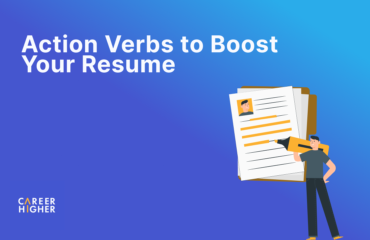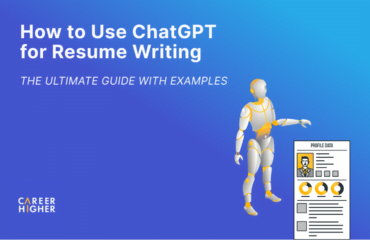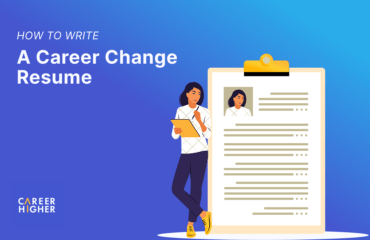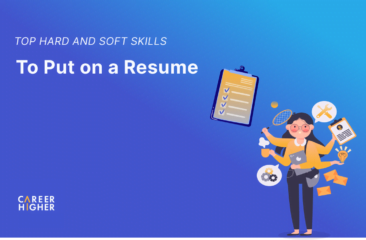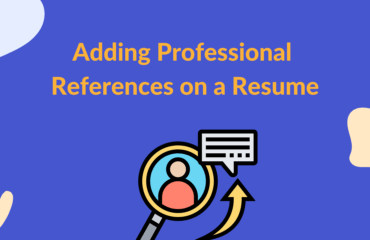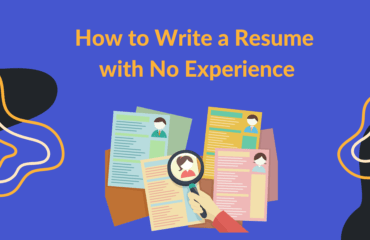Table of Contents
The professional experience section covers approximately 70% to 80% of your resume. This is considered the most important part of your resume because it contains the most significant information that recruiters and employers look for. This section is expected to illustrate your skills, expertise, and industry achievements.
The professional experience section allows you to demonstrate how you can potentially apply your skills and expertise for the benefit of the company. Most recruiters focus on this section during the screening process as the essence of the resume relies upon here. This is why it is important that you build your credibility in this resume section.
How to write an effective professional experience section?
It is important to maintain the essence of your resume. That’s why writing an effective work history requires attention to detail and a proper understanding of the industry standards. Here are some key considerations in creating your professional experience section:
a. Company overview
A company overview provides a short, informative description that illustrates the company’s key expertise, strengths, and industry contributions. This serves as a tool that gives recruiters and employers the full picture of how the company operates within the industry. The only exception for this is when the company you are working for is well-known globally, such as Apple, Microsoft, and Samsung.
For example:
“McKesson global healthcare company with a mission to improve care through a cutting-edge healthcare system and highly effective pharmaceutical products.”
b. Job role overview
CareerHigher’s methodology ensures that each job experience has short verbiage that summarizes the candidate’s key responsibility. This is to give recruiters a grasp of what the candidate does per each job role. Also, it states the main purpose of the candidate’s job function.
Our technique is to start this section with the phrase “responsible for”. This is to indicate that the tasks stated here are completed solely by the candidate. To make it easier, you can follow the formula, “Responsible for + <main responsibility> + to + <main purpose of your job role>. The below example will make a powerful job role overview:
“Responsible for spearheading all aspects of project management in the IT department to optimize all operational units, ensuring maximum efficiency, productivity, and profitability.”
c. Include only relevant work experience
- Based on HR Drive, recruiters only take a few seconds to look at one’s resume. This signifies the importance of being concise, succinct, and relevant. In most cases, you should only include professional experiences that are relevant to your target job. For example, if you are applying for a Marketing Director position, you should include all marketing-related experiences and achievements.
The main reason behind this is to maintain the essence of your resume. Remember that recruiters have specific requirements and standards that they are looking for in each candidate. So, it is important to present your value and achievements based on what they expect to see in line with your target jobs.
Applying this methodology would increase the likelihood of one’s resume gaining more attention. Also, being able to articulate your responsibilities, experiences, and accomplishments will demonstrate writing competency, which is valuable in most cases. Here are some examples of how you can make your professional experience section more targeted: - If you are applying for an IT lead position, make sure to highlight information technology, planning & implementation, project management, system troubleshooting, and data analysis.
- If you are applying for a sales position, make sure to highlight sales management, client prospecting, revenue growth strategies, relationship management, and strategy development.
- If you are applying for a finance management position, make sure to highlight P&L management, cost-benefit analysis, benchmarking, financial modeling, and risk mitigation.
d. Formatting
Generally speaking, your resume should be in reverse chronological order, placing your most recent experience at the top of the professional experience section. This will enable recruiters to obtain the most significant information at a first glance. Each job role should include the following components:
- Company Overview: This is a short company description that will give employers an idea of the type of company you are working with.
- Job Overview: This gives employers a high-level idea of what you do in your job.
- Bullets: This provides detailed information on your key responsibilities and achievements.
e. Bullet Structure
CareerHigher utilizes the STAR (Situation, Task, Action, Result) format to provide clarity and color of the candidate’s job description. This also demonstrates your ability to articulate the end-to-end process of how you achieve optimum results. Here is a high-level breakdown of what comprises the STAR method:
- Situation: This provides recruiters with some context of the situation or challenges you have faced.
- Task: This states your key responsibilities in the situation or challenges that you faced.
- Action: This specifies the list of actions you took to overcome the situation or challenges.
- Result: This shows the outcome you’ve achieved.
Writing an effective professional summary optimized for your target job is the key to career advancement. While others are busy listing down as much information as they can, you can leverage industry best practices to create an optimized professional experience that will impress recruiters and employers. Lastly, this will help you stand out amongst hundreds of job seekers during the recruitment process.



